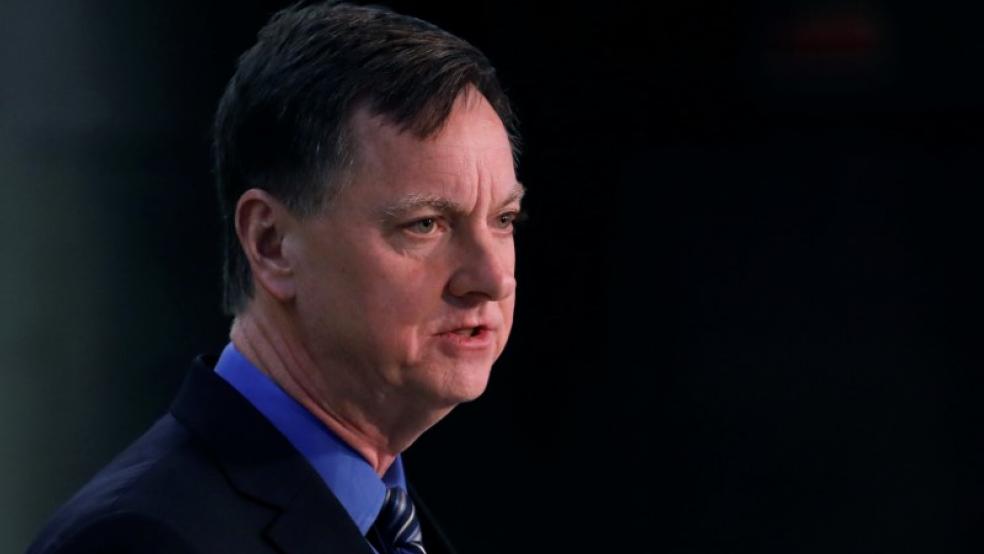SAN FRANCISCO/WASHINGTON (Reuters) - The outlook for inflation and the future of financial stability are emerging as dueling concerns at the heart of a debate at the U.S. central bank over how fast to proceed on future interest-rate hikes.
That is a change from years past, where high unemployment was at the top of the Federal Reserve's worry list for the U.S. economy. But with the U.S. unemployment rate now at 4.3 percent, most Fed officials are now convinced that nearly all Americans who want jobs can and do get them. That is a main reason the Fed last week raised its target range for short-term interest rates for the second time this year, even though recent inflation readings have drifted away from the Fed's 2-percent target, confounding expectations based on history and theory. Fed Chair Janet Yellen expressed confidence inflation would eventually perk up, but some policymakers cast doubt.Chicago Federal Reserve Bank President Charles Evans on Tuesday became the latest to express worries on that front, saying he is increasingly concerned that a recent softness in inflation is a sign the U.S. central bank will struggle to get price pressures back to its 2 percent objective."I will say that the most recent inflation data made me a little nervous about that. I think it's much more challenging from here on out," Evans said in an interview with broadcaster CNBC.Evans, who is a voter this year on the central bank's rate-setting committee, said that global forces, not just specific one-off reasons, could be behind a retreat in inflation over the past three months. He said on Monday that he supports waiting until the end of the year before considering another rate hike.Speaking to reporters after a speech at the Commonwealth Club of California, Dallas Fed President Robert Kaplan had similar concerns, saying he wants to wait for more evidence that the recent retreat in inflation would be temporary. And though Kaplan said he retains an "open mind" about how many more rate hikes the Fed should deliver this year, he also highlighted an additional worry: the likelihood in his mind that even when fully healthy the U.S. economy will need interest rates to stay below 3 percent. With the 10-year Treasury yield barely above 2 percent, he said, markets are forecasting sluggish growth ahead, and the Fed should be "careful" about lifting short-term rates, now between 1 percent and 1.25 percent, much further. Kaplan, like Evans, votes this year on monetary policy.Meanwhile two other Fed policymakers, speaking at a conference on macroprudential policy in Amsterdam jointly organized by the Dutch and Swedish central banks, suggested they are concerned less about raising rates too fast or too high than about keeping them too low for too long.Boston Fed President Eric Rosengren said on Tuesday that the era of low interest rates in the United States and elsewhere poses financial stability risks and that central bankers must factor such concerns into their decision-making."Reach-for-yield behavior can make financial intermediaries and the economy more risky," Rosengren said. He noted financial intermediaries will need to factor in the possibility of lower rates, particularly during economic downturns, and flatter yield curves.Earlier, at the same conference, Fed Vice Chair Stanley Fischer warned that while the United States and other countries have taken steps to make their housing finance systems stronger, a prolonged period of low interest rates has helped boost house prices, which was a precursor to the last financial crisis.Neither Rosengren nor Fischer mentioned the economic outlook or current U.S. monetary policy in their prepared remarks. (Reporting by Lindsay Dunsmuir; Editing by Chizu Nomiyama, Dan Grebler and Diane Craft)Fed policymakers in tug-of-war on inflation, instability

Nir Elias



